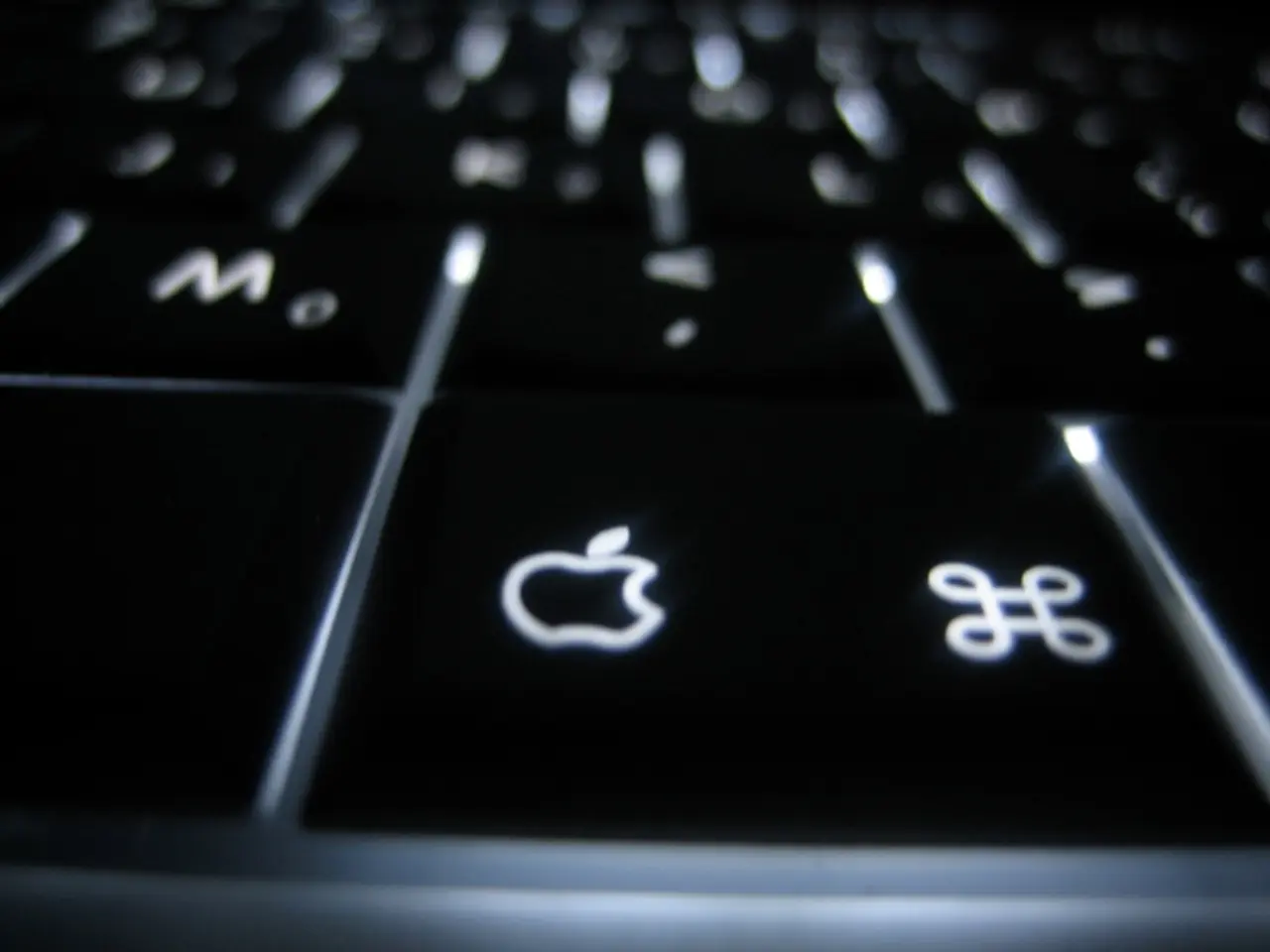Investigating Cosmic Realms through Loop Quantum Gravity: A Fresh Look at Spacetime Structure
In the realm of physics, a groundbreaking theory known as Loop Quantum Gravity (LQG) is taking us on an epoch-defining journey. This theory, which challenges our traditional understanding of space-time, inches us closer to unlocking the universe's ultimate secrets.
At the heart of LQG lies the idea that spacetime has a discrete, quantized structure at the Planck scale, a concept that fundamentally alters our perception from the smooth continuum of classical general relativity. This quantum structure could potentially solve the black hole information paradox, with black holes having discrete, quantized areas.
LQG mathematically represents quantum space-time using spin networks, abstract graphs that embody the quantum states of space-time geometry. As these networks evolve over time, they generate a dynamic, quantized geometry, contrasting with the static, continuous field of classical relativity. Spin foams, higher-dimensional analogs of spin networks, chronicle the quantum evolution of space-time in LQG.
One of the key predictions of LQG is the violation of Lorentz invariance, potentially detectable through high-energy astrophysical observations such as gamma-ray bursts. This discreteness might lead to subtle effects in photon propagation, with energy-dependent speed of light delays measurable in these observations.
Another intriguing prediction is the unique quantum entanglement phenomena between fermions mediated by quantum spacetime geometry. This "intertwiner entanglement" suggests that entanglement is not just a quantum-mechanical property of matter but is tied to spacetime geometry itself.
However, deriving tangible predictions from LQG that can be tested experimentally has proven difficult due to the Planck scale's extreme smallness and the difficulty in directly accessing or interpreting such signals. Current efforts focus on indirect tests via high-energy astrophysics, advanced quantum information setups, and quantum gravity phenomenology, but definitive experimental verification remains elusive.
Loop Quantum Gravity also offers insights into pre-Big Bang scenarios in early universe cosmology, proposing mechanisms that could explain the universe's bounce from a previous, contracting phase to its current expansion. Furthermore, it suggests that information could be preserved rather than destroyed by black holes, offering a potential resolution to the black hole information paradox.
Reconciling LQG with quantum field theory and the Standard Model of particle physics remains an ongoing endeavor. As we continue to explore this theory, we embark on an unending quest to comprehend the cosmos's fundamental nature, embodying the essence of physics and philosophy.
In this exploration of Loop Quantum Gravity (LQG), science delves into the quantum structure of space-time, challenging our understanding of relativity and potentially solving the black hole information paradox by quantizing black holes' areas. Technology could play a crucial role in detecting the theory's predictions, such as Lorentz invariance violation through high-energy astrophysical observations or subtle photon propagation effects.




